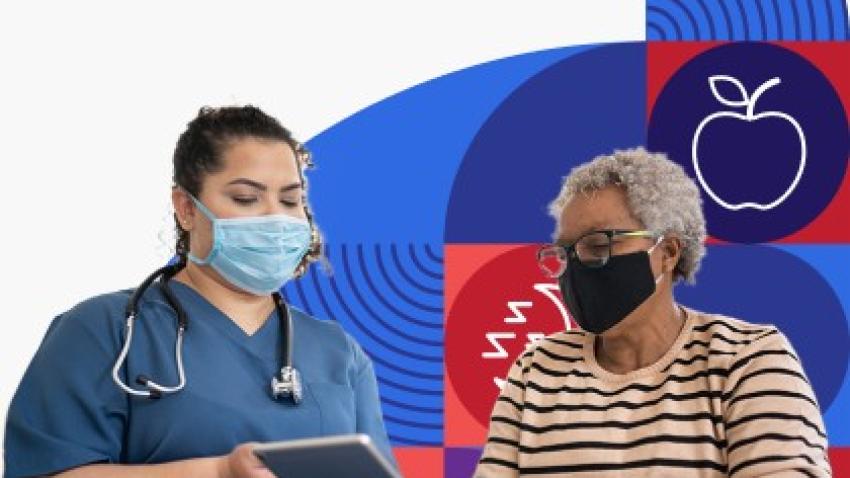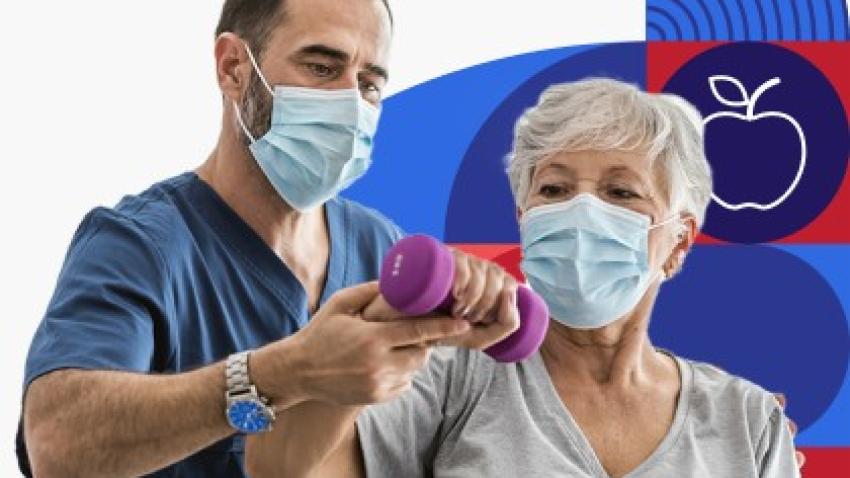Healthy Living
Preventing Falls: Conversation Starters

There are many ways to support the health and safety of an older family member or friend. Use these tips to talk to your loved one about preventing falls.
Start by saying that you care.
You can say:
- “You’re important to me. I know you want to be independent and stay in your home, but I don’t want you to fall and get hurt.”
- “I'm worried because more than 1 in 4 older adults fall each year, and some of those falls lead to serious injuries.”
- “There are lots of things you can do to prevent falls. I want to help.”
Talk about ways to prevent falls.
You can say:
- “Being active will help you feel better and stay independent.”
- “Physical activity helps improve your balance and makes you stronger. This can help keep you from falling.”
- “Ask your doctor or pharmacist to review your medicines. Some medicines can make you sleepy or dizzy and cause you to fall.”
- “Get your vision checked by an eye doctor every year. You might need new glasses or contacts.”
- “Making your home safer can help protect you. For example, try putting non-slip mats in the bathtub or shower.”
Offer to help.
Here are some ideas:
- Help your loved one collect all of their medicines and put them in a bag to take to their next doctor’s visit
- Go with your loved one to get their vision checked
- Install railings on both sides of the stairs and put grab bars inside and outside of the bathtub and next to the toilet (or find someone else to do this, like a professional contractor)
- Sign up for a tai chi class together — tai chi is a mind-body exercise that can improve balance
- Make sure there's a phone close to your loved one's bed or favorite chair
- Help move furniture in your loved one's home so the walking paths are clear
- Pick up clothes, books, and other items from the floor and stairs — this will help keep your loved one from tripping
Content last updated April 6, 2023
Reviewer Information
This information on preventing falls was adapted from materials from the National Institute of Arthritis and Musculoskeletal Skin Diseases, the National Institute on Aging, and the Centers for Disease Control and Prevention.
Reviewed by:
Division of Unintentional Injury Prevention
National Center for Injury Prevention and Control
Centers for Disease Control and Prevention


